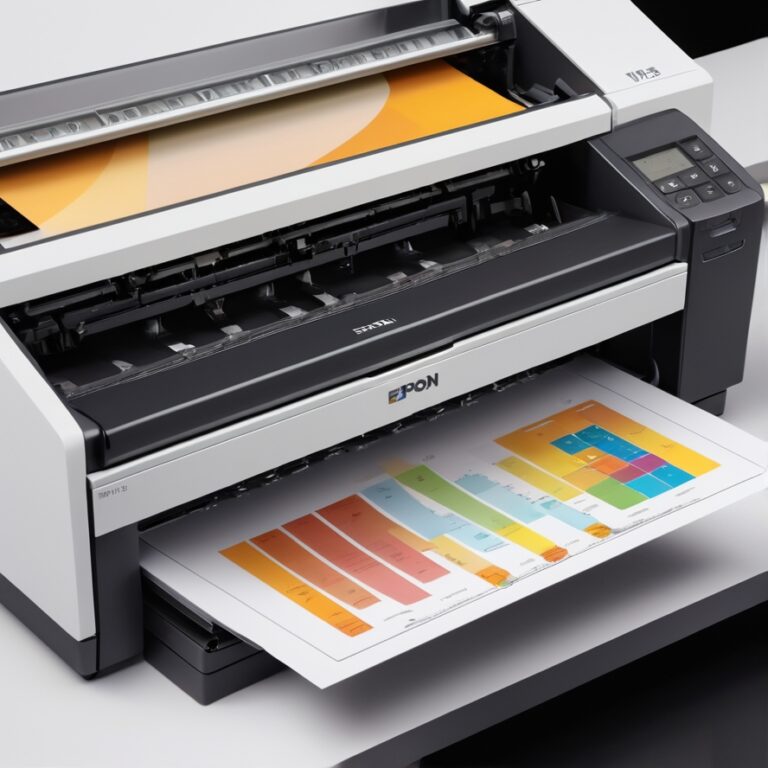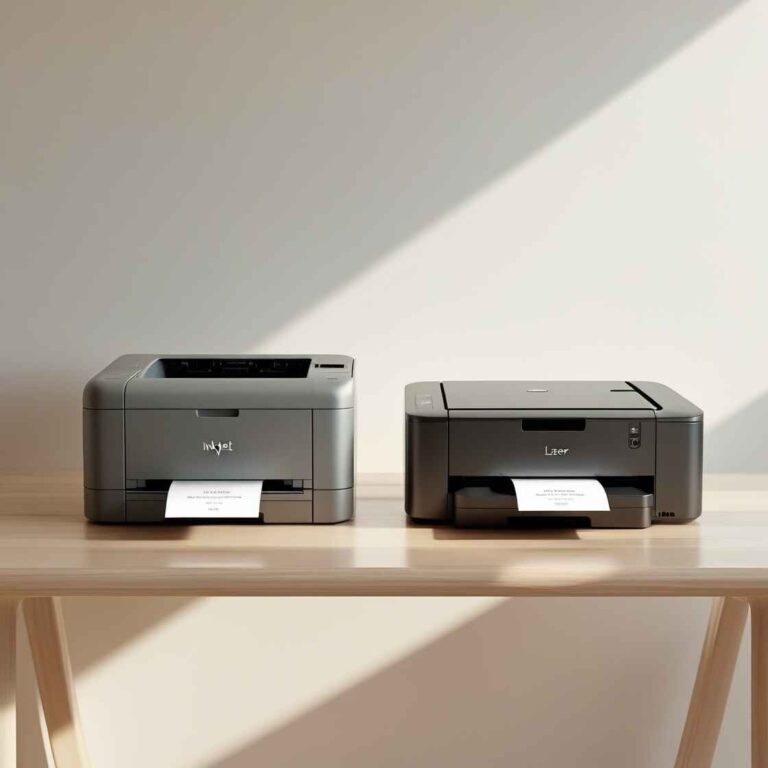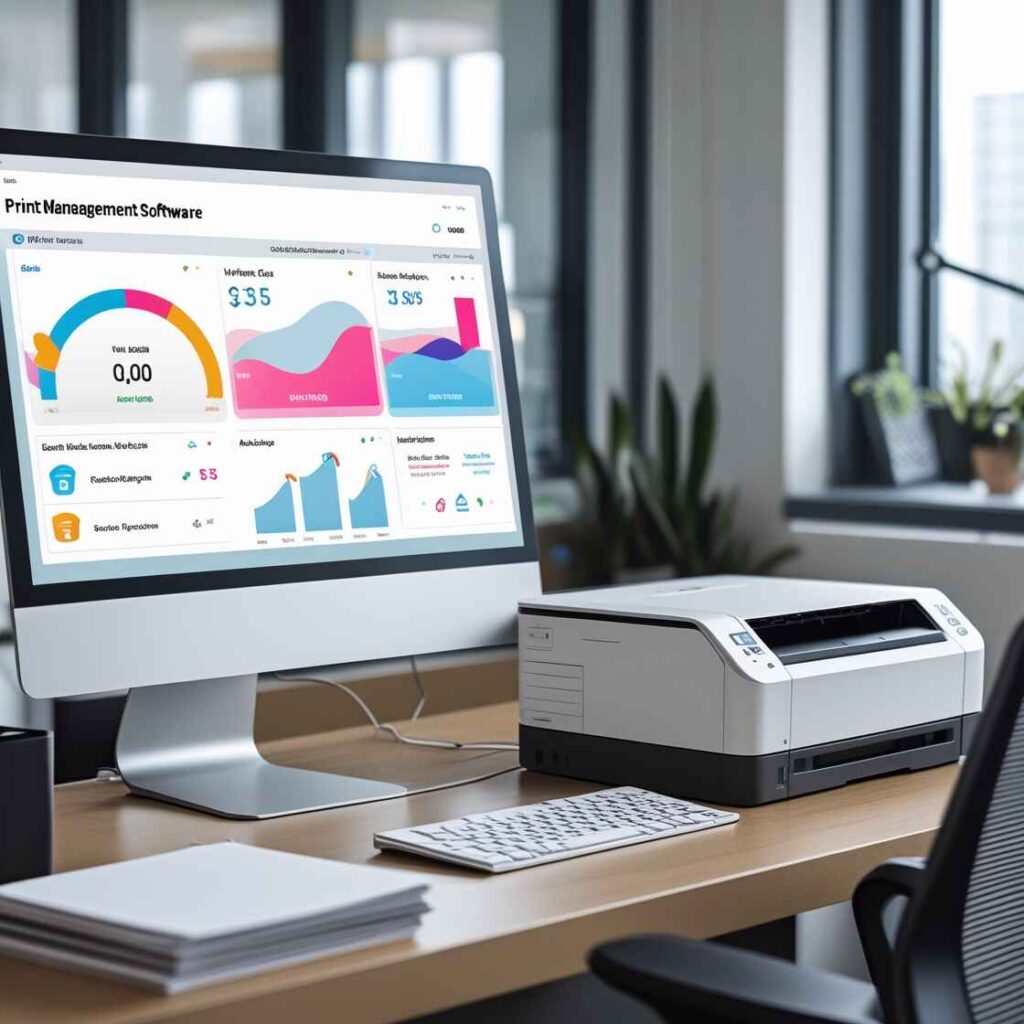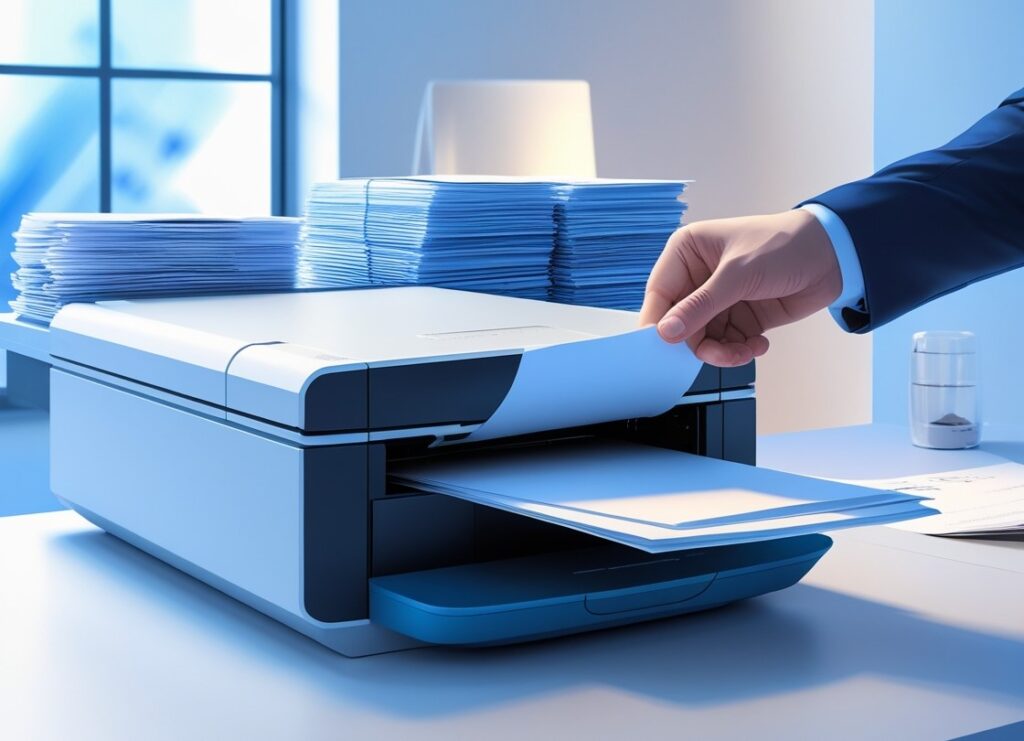Did you realize typical office employees produce approximately 10,000 printed sheets yearly?With rising costs of supplies and growing environmental concerns, those printed pages represent a significant drain on both your budget and natural resources. If your organization’s printing expenses are steadily climbing while sustainability goals remain out of reach, you’re not alone.
From unnecessary paper consumption and avoidable color printing to suboptimal device configurations and power usage, these seemingly minor costs become remarkably significant when accumulated. The encouraging aspect? By adopting thoughtful document output management techniques, organizations can reduce these expenses by approximately half while simultaneously decreasing their ecological impact. This detailed overview explores actionable approaches for enhancing paper utilization, effectively managing printing supplies, harnessing technological innovations, and establishing energy-conscious printing protocols that will revolutionize both your approach to document production and your financial performance.
Table of Contents
TogglePaper Usage Optimization Strategies for reducing Printing expenses
When looking to cut costs on office supplies, consider these paper-saving approaches:
A. Implementing duplex printing to reduce paper consumption
Most current printers offer automatic two-sided printing capabilities. Setting this as your standard printing method across departments naturally reduces paper orders by half. Your team might not even notice the change, but your budget certainly will.
B. Optimizing page layouts for maximum content per page
By slightly shrinking your page margins from 1.25 inches to 0.75 inches, you can open up around 5% more space per sheet. Also, using fonts like Century Gothic or Times New Roman not only fits more words on the page but also tends to use less ink compared to many other fonts.
C. Using multi-page printing techniques
For meeting handouts or reference materials, try placing 2-4 document pages on each physical sheet. Perfect for materials people need to reference but don’t require full-size printing
D. Selecting appropriate paper quality for different tasks
Reserve premium paper stock for client materials and external communications. For everyday internal documents and drafts, standard copier paper works perfectly well at a fraction of the cost.
E. Utilizing standard-sized paper for cost efficiency
Special paper sizes typically come with premium pricing and handling requirements. Using letter and legal sizes for most needs avoids unnecessary costs from specialized formats.
Ink and Toner Conservation Techniques

A. Minimize Color Printing for Non-Essential Documents
Color printing costs up to 5x more than black and white. It’s that simple. Yet how many times have we all printed colorful spreadsheets for internal meetings that end up in the recycling bin an hour later? Reserve color printing for client-facing documents, marketing materials, and presentations where visual impact matters. For everything else—meeting agendas, internal memos, draft reports—switch to grayscale. Your budget will thank you.
Pro tip: Make black and white your default printer setting and require staff to manually select color when truly needed. You’d be amazed how this tiny friction point can slash color printing by 30-40%.
B. Use Eco-Friendly Fonts to Reduce Ink Consumption
Not all fonts are created equal when it comes to ink usage. Some fonts are literal ink guzzlers.
Using fonts such as Century Gothic, Calibri, or Garamond can noticeably cut down on ink use—sometimes by as much as 25%. These typefaces are designed with slimmer strokes and more compact letter shapes, which helps conserve ink over time.
C. Print in Draft Quality for Internal Documents
Why use premium print quality for documents that only your team will see? Draft mode uses significantly less ink while maintaining perfectly readable text.
Most printers call this “economy mode” or “toner saving mode.” For everyday internal documents, this setting strikes the perfect balance between readability and cost-efficiency.
D. Reduce Print Density Settings
Most printers come with default settings that aren’t always the most ink-friendly. By slightly lowering the print density—say, by 10 to 20%—you can make your cartridges last much longer without a visible drop in print quality. It’s a small tweak that most people won’t even notice on the page, but over time, it could save you 15 to 20% on ink costs.
Hardware Selection and Management

A. Select Printers Based on Long-Term Ink Costs
Ever bought a super cheap printer only to discover the ink cartridges cost more than the printer itself? Classic trap. The smart play is looking beyond the upfront price tag. Those $50 printers might seem like a steal until you’re dropping $80 every month on ink replacements. Instead, compare cost-per-page metrics when shopping for new equipment. Laser printers typically outperform inkjet models for high-volume printing environments, offering lower per-page costs despite higher initial investment. And don’t sleep on ink tank printers – they’re game changers for color-heavy offices.
B. Implement Energy-Saving Measures for Idle Printers
C. Use Standard-Sized Paper for Cost Efficiency
D. Address Printer Errors Promptly to Avoid Reprints
Digital Solutions for Print Cost Reduction

A.Leverage Print Preview to Avoid Errors and Waste
Print preview is your secret weapon against wasted paper. Ever printed a document only to find the last page has just one line of text? Yeah, frustrating (and expensive).
Take those extra 10 seconds to check the preview window before hitting print. You’ll catch formatting issues, spot unnecessary pages, and can adjust margins to fit more content per page. This simple habit alone can cut your paper waste by 15%.
B.Embrace Scanning Over Physical Copying
Still making physical copies of documents? That’s so 2005. Modern scanners create digital files in seconds that you can:
- Email instantly
- Store without cabinet space
- Search by keyword (try that with paper files!)
- Access from anywhere
Most multifunction printers already have this capability. Train your team to ask “Do I need a physical copy or just the information?” before pressing the copy button. Digital copies cost virtually nothing compared to paper ones.
C.Adopt Print Management Software to Monitor and Optimize Usage
- Who’s printing what (and how much)
- Which departments have the highest volume
- Color vs. black and white usage
- Peak printing times
Conclusion
Implementing smart printing strategies is more than just a cost-cutting measure—it’s a comprehensive approach to creating an efficient, environmentally responsible workplace. By adopting paper-saving techniques, ink conservation methods, strategic hardware management, and digital alternatives, you can significantly reduce your office printing expenses while minimizing your environmental footprint.
Start by implementing a few of these proven strategies today and track your savings. You’ll likely discover that small changes—like switching to duplex printing, using eco-friendly fonts, or implementing pull printing—can deliver substantial cost reductions when applied consistently across your organization. Remember that effective print management isn’t just good for your budget; it’s also a meaningful step toward more sustainable business practices that benefit everyone.


